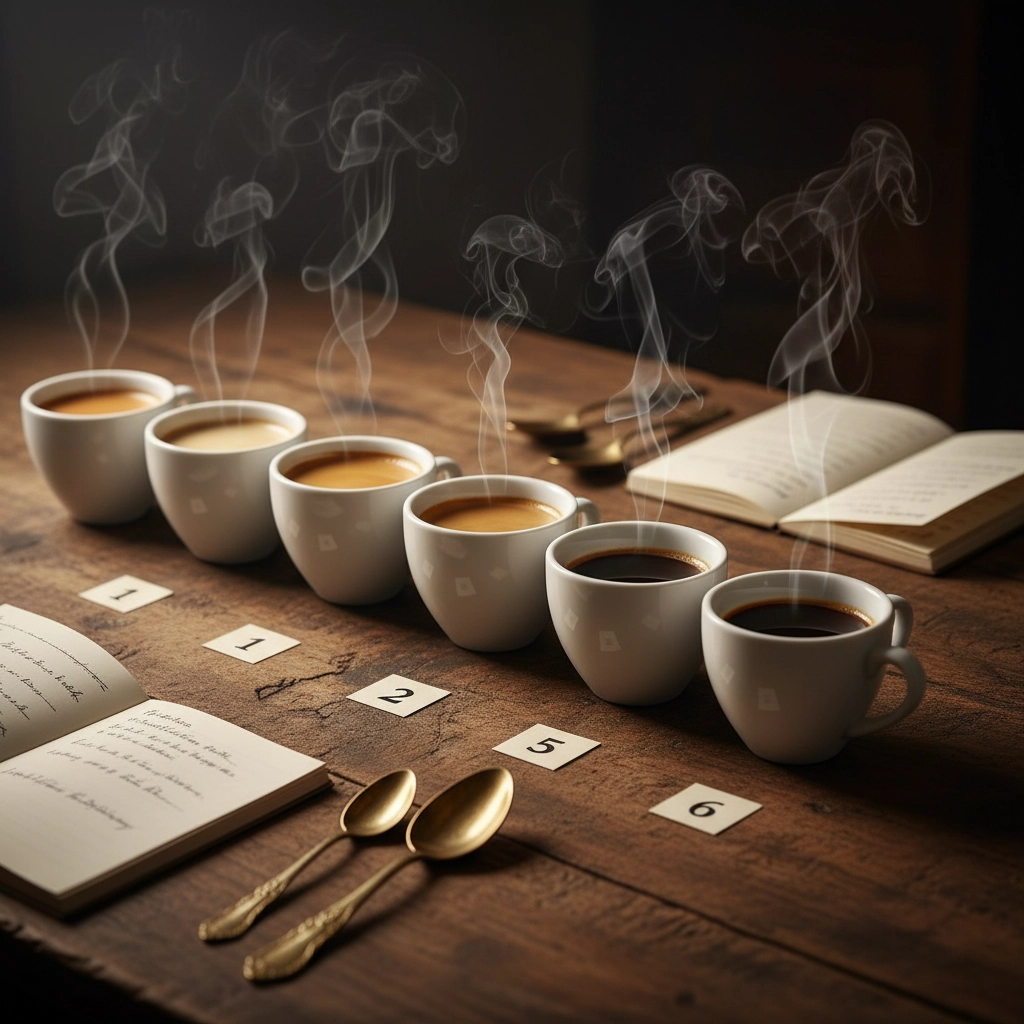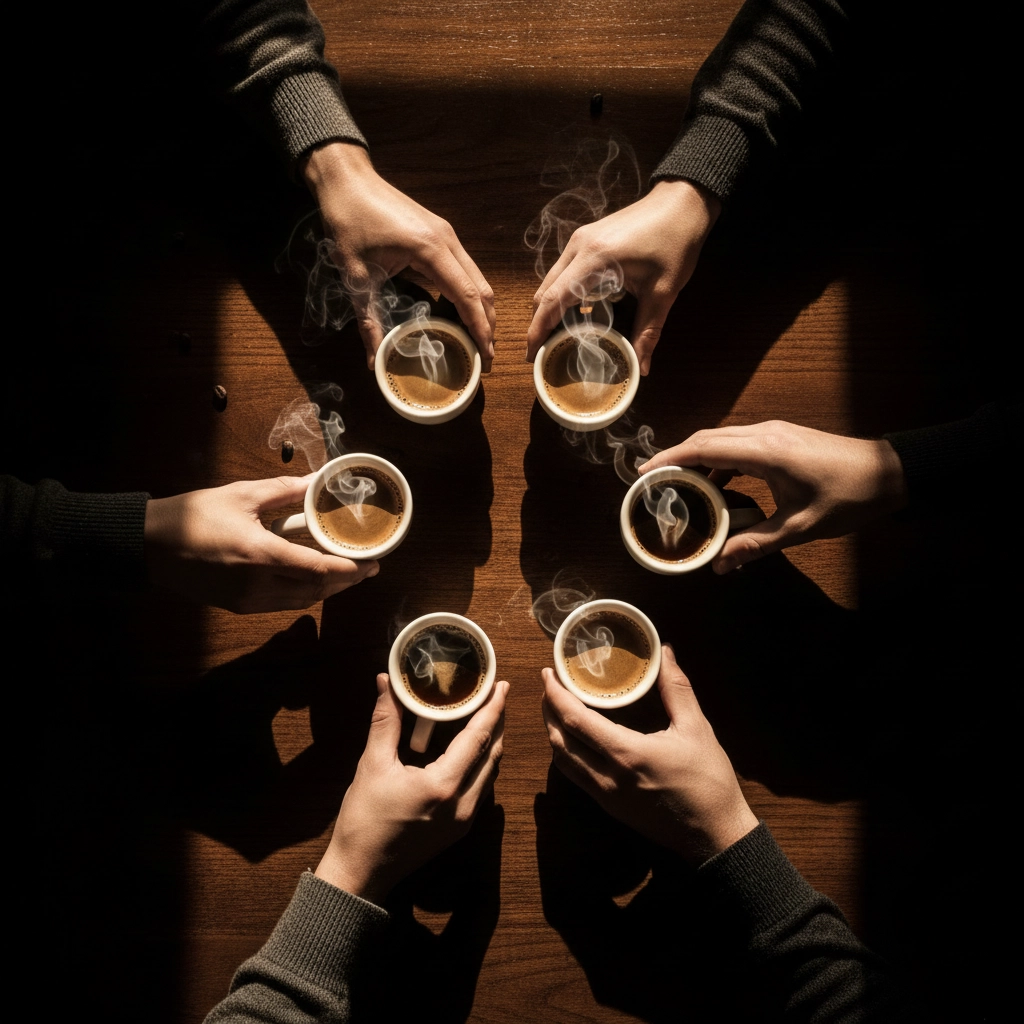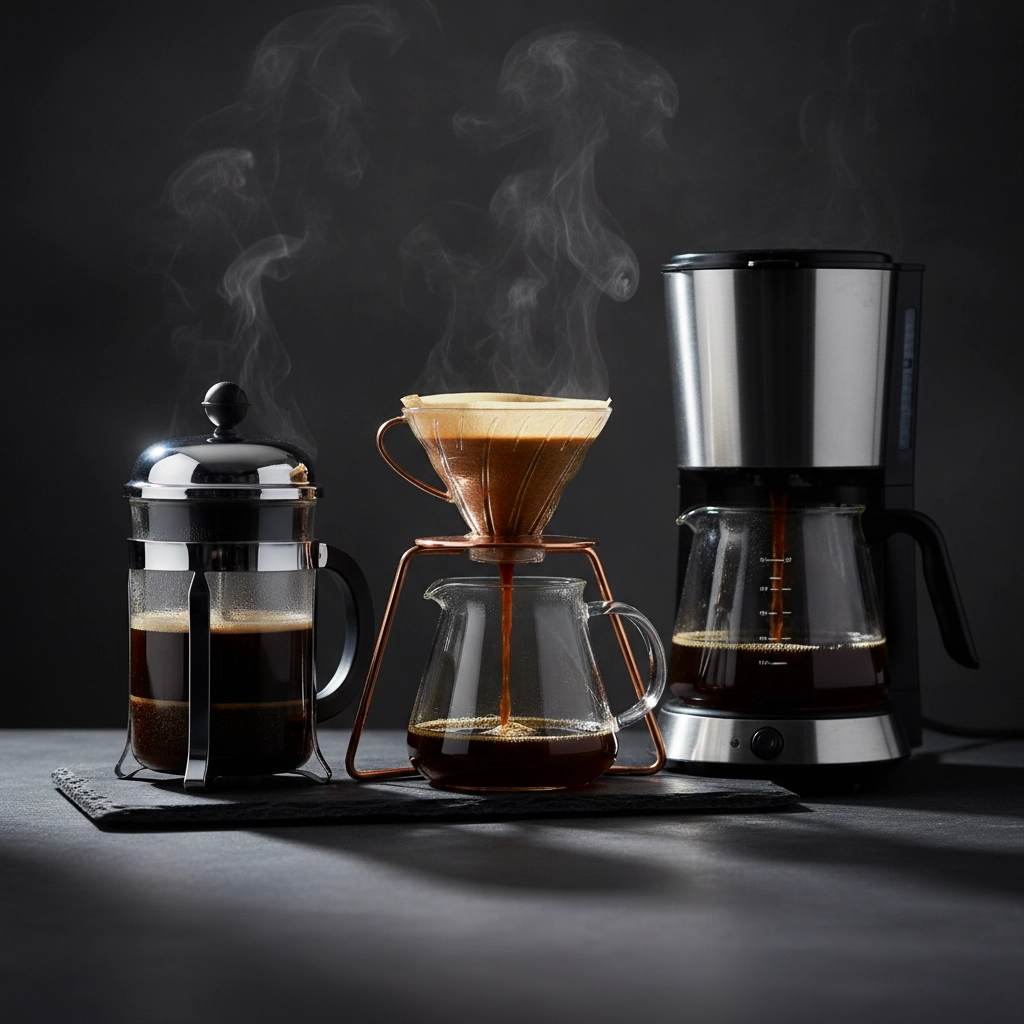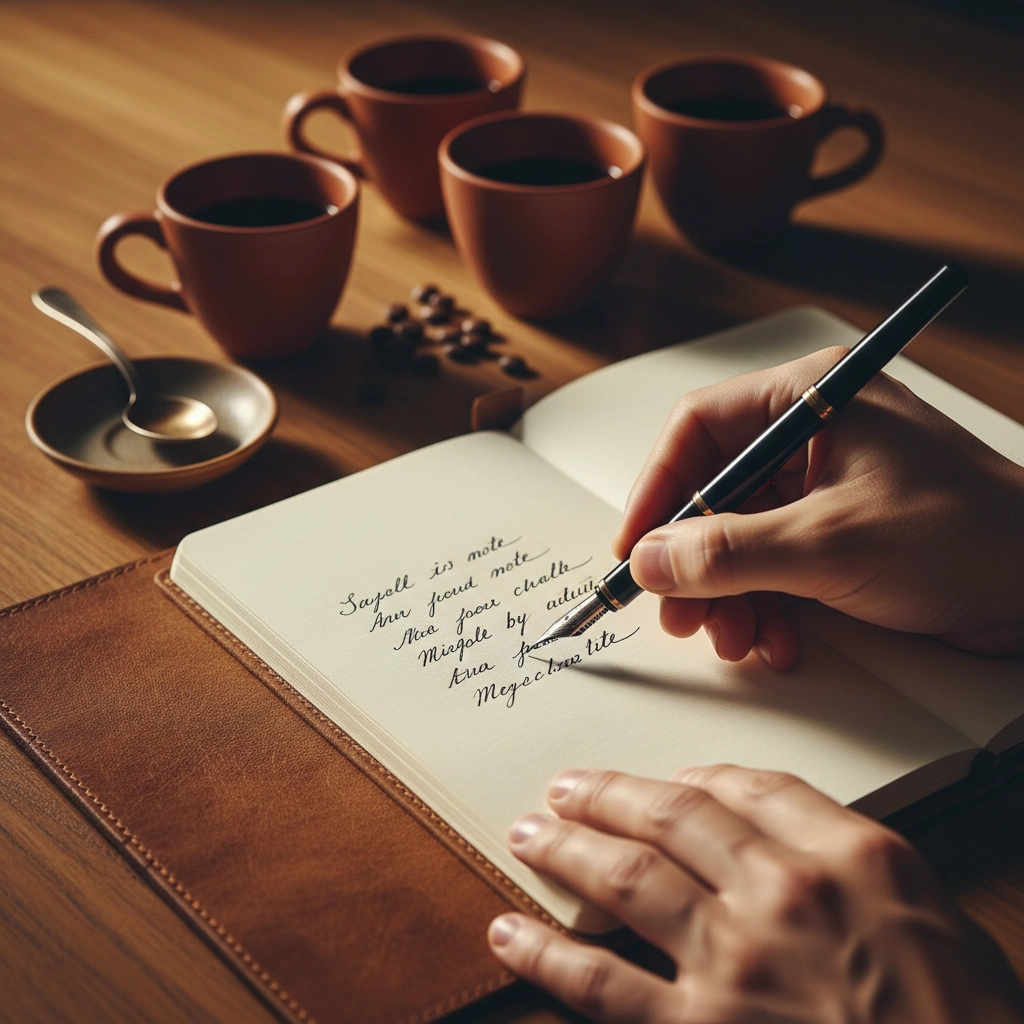Who says game night has to involve cards or board games? If you're looking for a fresh way to entertain friends while exploring the wonderful world of coffee, a flavored coffee taste test challenge might just become your new favorite party activity. Picture this: your friends gathered around the table, cups in hand, trying to decipher whether they're sipping vanilla bourbon or caramel macchiato, all while the competitive spirit kicks in.
This isn't just about drinking coffee: it's about turning your love for flavored blends into an interactive experience that'll have everyone talking (and probably laughing) long after the last drop is consumed.
Why Coffee Taste Testing is the Perfect Social Activity
Coffee taste testing combines the best elements of social gatherings: friendly competition, shared experiences, and of course, caffeine. Unlike wine tasting, which can feel intimidating to newcomers, coffee tasting feels approachable and familiar. Everyone has opinions about coffee, and most people are eager to share them.
The beauty of a flavored coffee challenge lies in how it levels the playing field. Even coffee novices can participate enthusiastically because flavored blends offer more obvious taste markers than single-origin coffees. When someone tastes hints of chocolate, vanilla, or cinnamon, they're more likely to feel confident in their guesses.
Plus, there's something inherently cozy about gathering around coffee. It creates an atmosphere that's both relaxed and engaging, perfect for bringing people together and sparking conversations about preferences, memories, and experiences tied to different flavors.
Setting Up Your Coffee Taste Test Challenge
The key to a successful coffee taste test lies in thoughtful preparation. Start by selecting 4-6 different flavored coffee blends with distinct characteristics. Choose varieties that offer a good range of flavor profiles: perhaps a nutty hazelnut, a sweet vanilla, a rich chocolate blend, a spiced cinnamon variety, and maybe something unexpected like coconut or salted caramel.

Create your testing station with everything you'll need: multiple brewing methods if possible (French press, pour-over, or drip), small tasting cups, spoons for proper coffee cupping technique, notepads and pens for recording guesses, and plenty of water for palate cleansing between tastings.
The secret weapon? Number your samples and keep a master list hidden from participants. Remove all packaging or cover labels so nobody can peek. If you're feeling extra organized, create simple scorecards with numbers corresponding to each sample and space for participants to write their guesses.
Don't forget the atmosphere: dim the lights slightly, maybe light a candle or two (unscented, of course), and create a cozy environment that encourages focus and conversation.
Running the Challenge Like a Pro
Start with a brief explanation of the process. Let everyone know they'll be tasting each coffee, taking notes, and making their final guesses at the end. Encourage them to pay attention to initial aroma, first taste, aftertaste, and overall impression.
Serve the coffees one at a time, allowing everyone to taste and discuss before moving to the next. This builds suspense and lets people refine their palates gradually. Provide small portions: about 2-3 ounces per person per sample. Any more and you'll have very caffeinated, very jittery participants by the end.

Guide your friends through the tasting process. Suggest they smell the coffee first: aroma provides crucial clues about flavoring. Then take a small sip, let it coat their palate, and pay attention to what flavors emerge. Some people find it helpful to slurp slightly, which aerates the coffee and enhances flavor perception.
Between each coffee, encourage everyone to cleanse their palate with plain water and maybe a small bite of neutral crackers. This prevents flavors from blending together and keeps each tasting distinct.
Creative Variations to Keep Things Interesting
Once you've mastered the basic format, consider these fun twists:
The Mystery Blend Challenge: Create your own custom blends by mixing two flavored coffees together. Can participants identify both flavors in the combination? This adds a layer of complexity that even coffee enthusiasts will find challenging.
Temperature Testing: Serve the same flavored coffee at different temperatures: hot, warm, and room temperature. It's fascinating how temperature affects flavor perception, and participants might be surprised by what they detect as the coffee cools.
Brewing Method Blind Test: Use the same flavored coffee but brew it using different methods. Can people guess whether their cup was made with a French press, pour-over, or drip machine? This variation teaches participants how brewing method affects flavor extraction.

The Confidence Game: Have participants rate their confidence in each guess on a scale of 1-10. Award bonus points for high-confidence correct answers and deduct points for overconfident wrong guesses. This psychological element adds strategy to the game.
Tips for a Successful Coffee Challenge
Timing matters more than you might think. Avoid hosting immediately after meals when palates are already saturated with flavors. Mid-afternoon works well, or about two hours after breakfast. This ensures everyone can fully appreciate the subtle differences between blends.
Keep detailed notes as the host. Record not just the correct answers, but also the most common wrong guesses and any particularly interesting observations from participants. These insights can spark great discussions during the reveal.
Consider dietary restrictions and caffeine sensitivity. Offer decaffeinated versions of similar flavors if needed, and let participants know approximately how much caffeine they'll be consuming. Some people prefer to limit their intake later in the day.

Prepare for passionate debates. Coffee preferences can run surprisingly deep, and people might have strong reactions to certain flavors or brewing methods. Keep discussions friendly and remember that taste is subjective: there are no wrong preferences, only wrong guesses in your challenge.
What This Challenge Reveals About Coffee Preferences
One of the most interesting outcomes of hosting coffee taste tests is discovering how different everyone's palates really are. Some people gravitate toward bold, obvious flavors like chocolate or vanilla, while others prefer subtle hints of spice or fruit. These preferences often reflect broader personality traits and life experiences.
You might notice that people who love baking tend to excel at identifying sweet flavors like cinnamon or caramel. Those with adventurous eating habits might be more successful with unusual or complex flavor combinations. It's a fun way to learn more about your friends while exploring the diverse world of flavored coffee.
The challenge also reveals how much environment and expectation influence taste perception. When people can't see packaging or branding, they often discover they enjoy flavors they thought they disliked, or vice versa.
Making It a Regular Tradition
If your first coffee taste test challenge is a hit, consider making it a regular event. Seasonal themes work particularly well: pumpkin spice and cinnamon blends for fall, peppermint and chocolate varieties for winter, or fruit-forward flavors for summer gatherings.

You might even create a running scoreboard, crowning a "Coffee Connoisseur Champion" after several rounds. Some groups enjoy the competitive element so much they start training between events, expanding their coffee knowledge and developing more sophisticated palates.
The beauty of this challenge lies in its adaptability. Whether you're hosting an intimate gathering of four or a larger party, whether your friends are coffee novices or serious enthusiasts, the flavored coffee taste test challenge offers something for everyone. It's an activity that brings people together, creates lasting memories, and might just help everyone discover their new favorite Gently Ground blend.
So gather your friends, brew up some mystery, and let the guessing games begin. After all, life's too short for boring coffee: and even shorter for boring parties.




